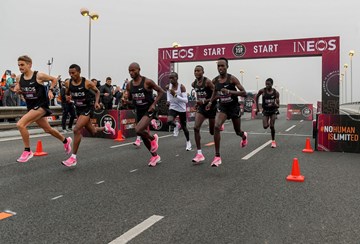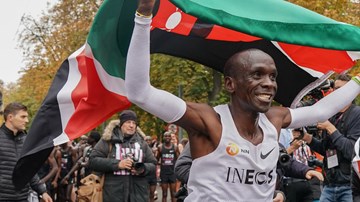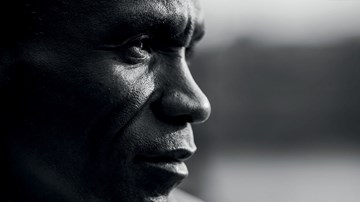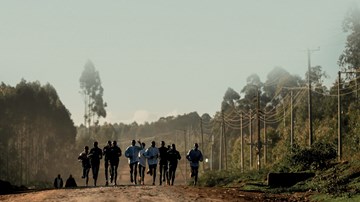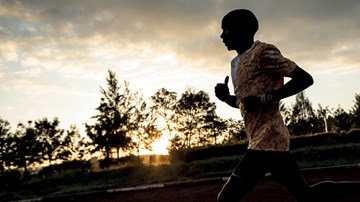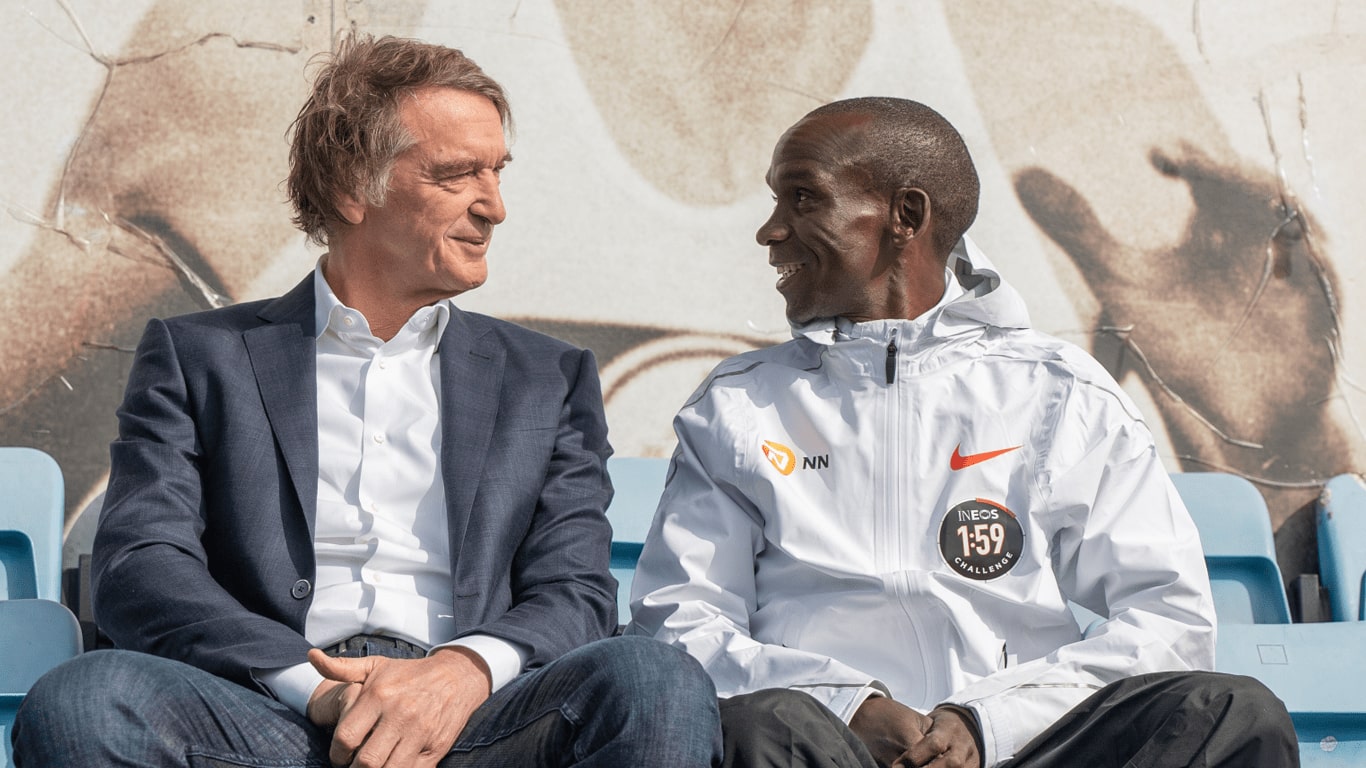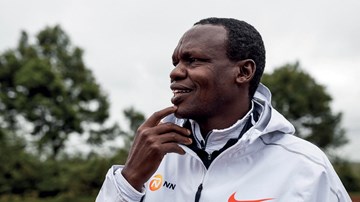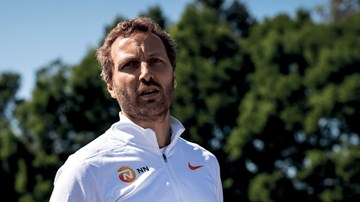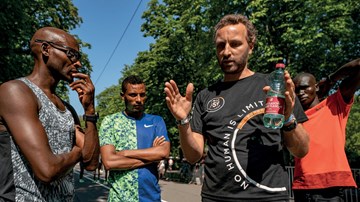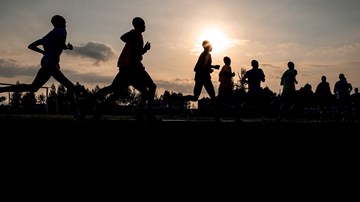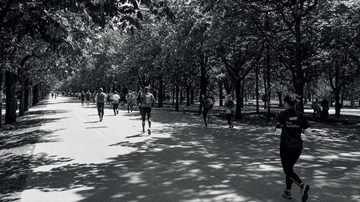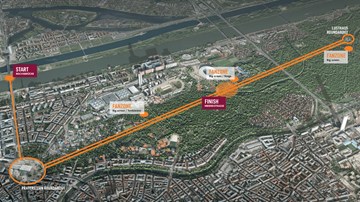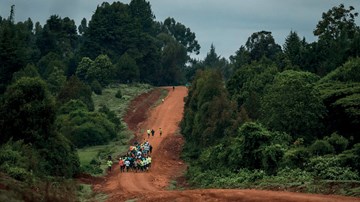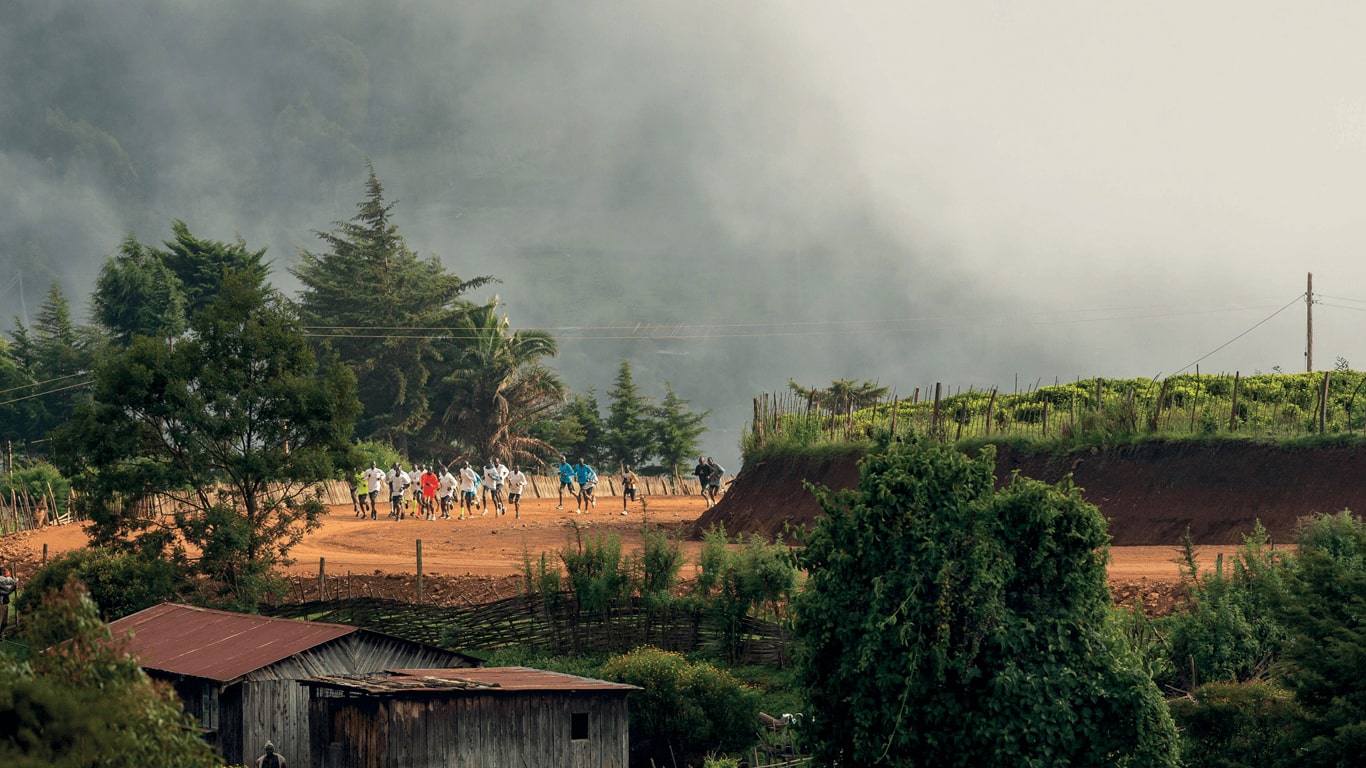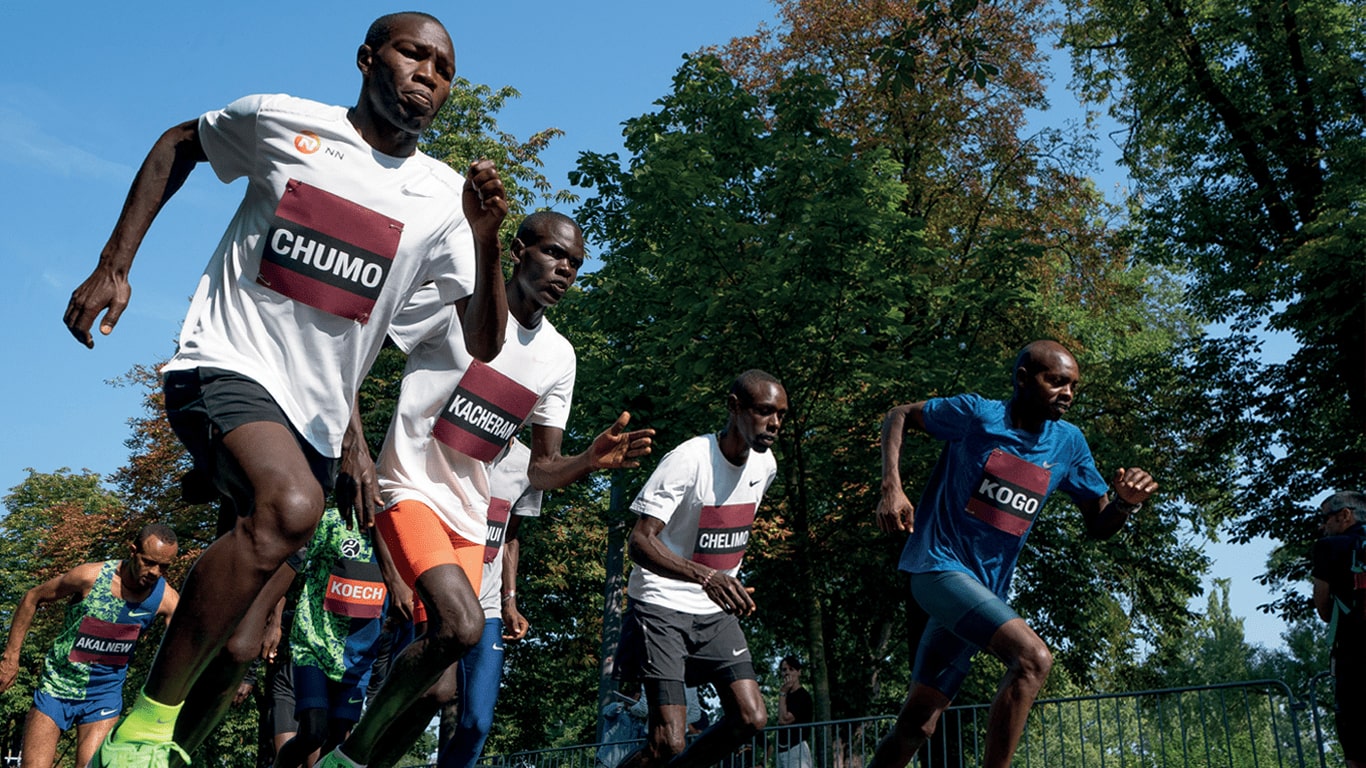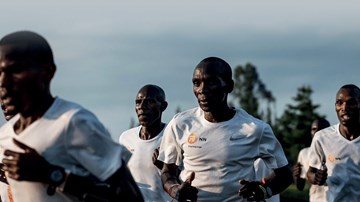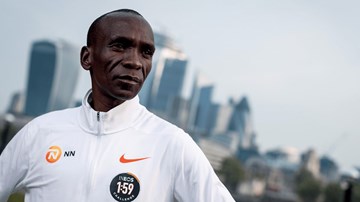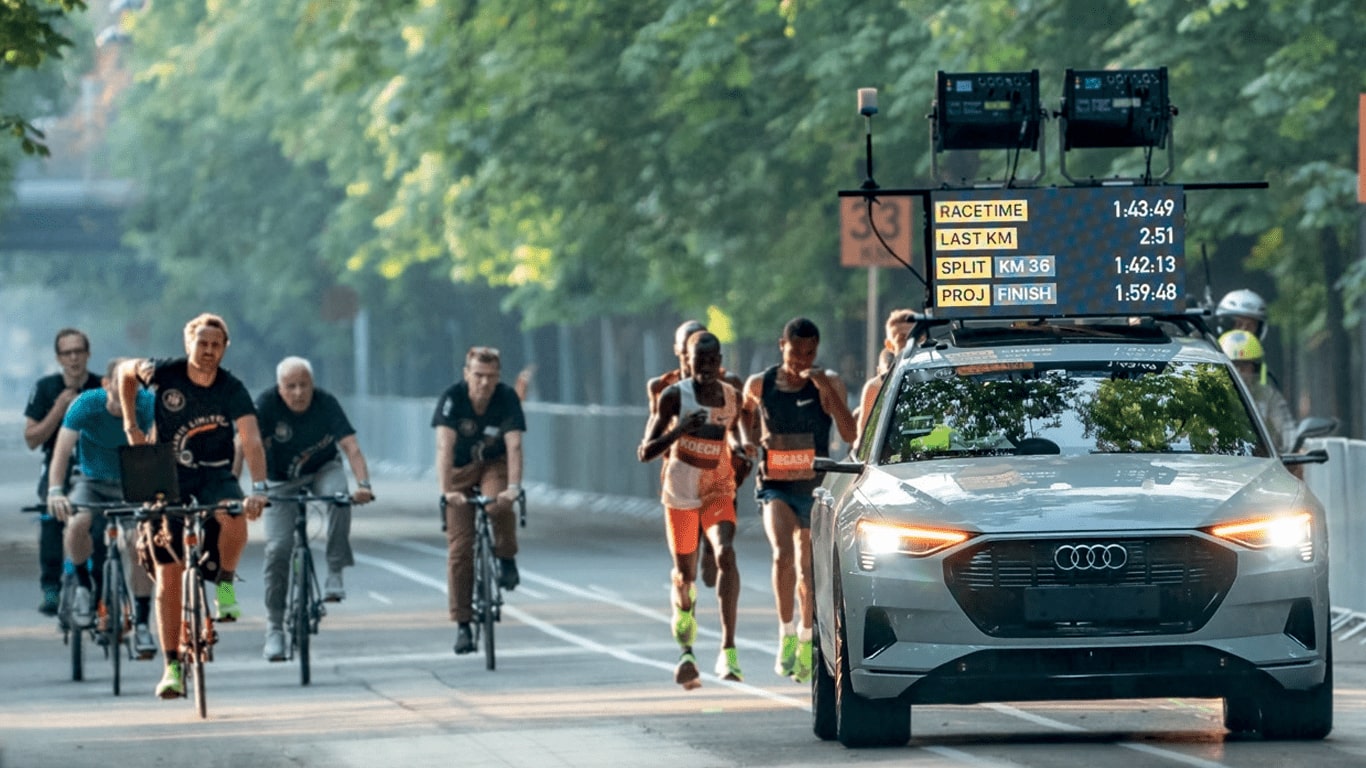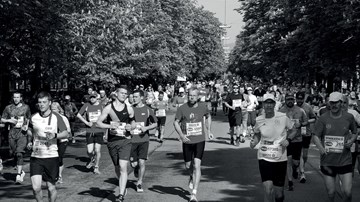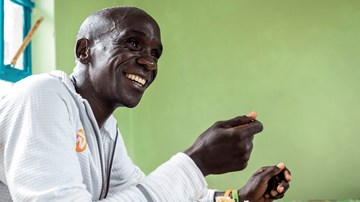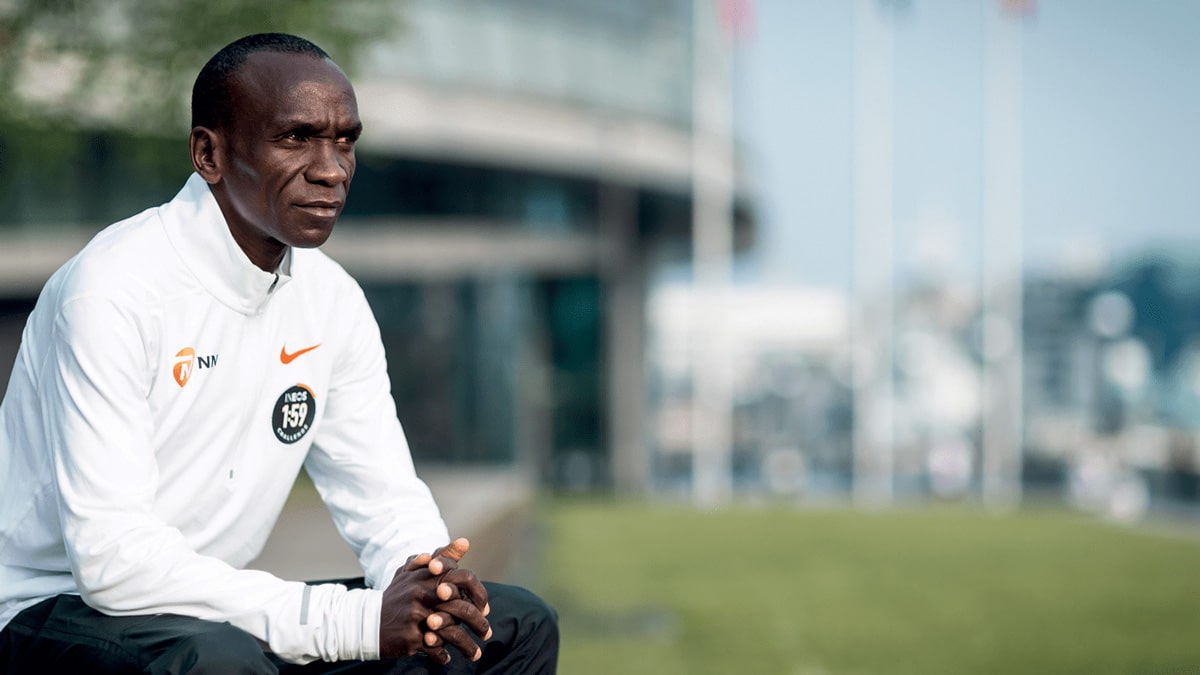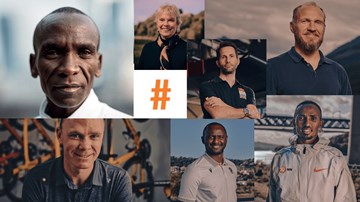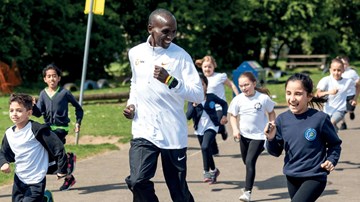SIXTEEN years ago Eliud’s coach Patrick Sang gave him a piece of advice he has never forgotten.
Treat yourself as the best athlete, he said.
Eliud had qualified for the 5000m final at the 2003 World Championships in Paris – and was facing Kenenisa Bekele and Hicham El Guerrouj, two legends of the sport.
Eliud, then just 18, went on to beat them both and win the gold medal.
“From that day on I’ve always entered any race believing I will achieve my goals,” he said. “And nothing has changed over the past 16 years. To me, the INEOS 1:59 Challenge is no different.”
But he not only has faith in his own abilities; he trusts the entire team around him too.
Sports nutritionist Armand Bettonviel has been just one of those with a critical job.
He needed to know exactly what day Eliud would be running so that he could modify the Kenyan’s diet.
“I could not extend it very much because he would start to put on weight from having more fuel,” he said. “And that would not enhance his performance.”
In the build-up to the race, Armand explained that eating 100g of carbohydrates could result in Eliud’s weight increasing by 400g due to water retention.
Armand said his other main challenge would be to ensure Eliud was well hydrated during the actual race.
Eliud flew to Vienna from his training camp in Kenya about a week ago so he could see – and run – the course.
“I do get nervous before a big day,” he said. “But I try to concentrate. I try to relax.”
His pre-race ritual will involve eating a bowl of oatmeal and drinking one bottle of Maurten, a virtually tasteless hydrogel that is quickly absorbed by the body.
Once he hits the road, it will be a cyclist’s job to keep up with him and hand over more Maurten to help keep his record-breaking feat on track.
